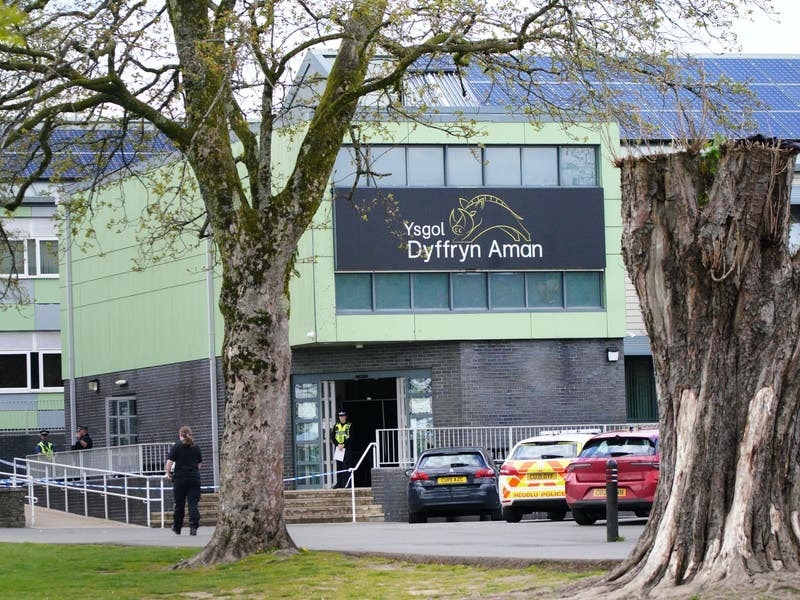So, Senator Steve Pallett wants to be Fort Regent’s champion.
The Fort was one of those grand Jersey projects created with great optimism, which started uncertainly, but developed well. It became not only the ‘go to’ place for tourists during inclement weather, but also a centre for entertainment, leisure activities and fun for locals and visitors alike, whatever the weather. Ultimately though, it failed to sustain its purpose and its promise.
It started in 1967 when Sir John Wardlaw-Milne left £100,000 to the Island for the provision of a wet-weather facility for visitors. The States decided this sum should be used in the development of the Fort and Wardlaw-Milne’s executors agreed.
Since then it has rarely been out of the news and been the subject of innumerable plans, all of which have come to nothing. Today it is crumbling internally amid concerns about public safety. Despite occasional and seemingly extravagant claims about the number of visitors to the Fort nowadays, the truth is relatively few local regulars make up the numbers and the cost per individual user of keeping it open is enormous.
Where did it all go wrong? There is seldom a single reason for the failure of an enterprise, but the beginning of the Fort’s current problems began with a downturn in tourism and the mistaken view that further decline was inevitable.
In its heyday the Fort was a major attraction for visitors and the local community. However, tourism, which in the 1960s had been our principal economic activity, fell out of favour among States Members. The Sport, Leisure & Recreation Committee (SLR) decided the emphasis should shift from leisure to sport; possibly the Fort’s director disagreed, but in any event an attempt to force the transfer to the Fort of a civil servant from the Education Department led to an acrimonious dispute and ultimately the departure of the director who had been appointed only 18 months earlier. This was soon followed by the appointment as director of the officer from Education who, incidentally, had previously been an unsuccessful candidate for the job and who had the strong support of the SLR Committee President. On 27 July 1993 the President of the Establishment Committee (the forerunner of today’s States Employment Board) made a statement to the Assembly setting out the official side of the whole affair in the hope of putting the issue to bed, but the rancour rumbled on for many months leaving the legacy that Fort Regent was political pariah.
As the emphasis turned to sport, one by one the indoor attractions went – Leah Bell’s colourful variety shows in the piazza, the dancing fountains, the vivarium, aquarium, the exploratorium, a pinball arcade, quasar, Bonaparte’s (the nightclub), the restaurant, shops, regular big evening entertainment events – all disappeared. Outside, the ramparts had offered a scenic walkway with beautifully kept gardens, a large carp pond and an aviary; there was also a miniature golf course and a funfair; they all went. In short, the Fort had been buzzing, now it became dull. The cable cars and the pool, which needed repairs and refurbishment, were deemed too expensive to maintain and closed. It was the slow death of a vision realised then allowed to fail. It turned into an expensive-to-maintain public gym and a place where local clubs might meet.
And so, Fort Regent became the vast, mostly empty, shell that it is today and nothing deteriorates quicker than a very old, largely unused building. Bit by bit sections have had to be closed off as they became potentially dangerous and too little used to justify expensive maintenance.
Now that tourism is resurgent we see all too clearly the problems of political short-termism. How good it would be to have some of those lost facilities for the benefit of visitors and the community, but it’s too late.
What to do with Fort Regent now? Well, we can’t afford to go on as we are. All the facilities currently available can and should be provided elsewhere in better surroundings and at an enormous saving. Then we can start thinking about a use for Fort Regent that would justify the vast sums that need to be spent, perhaps with a strategic partner. With the Glacis Field included it might be big enough to support a university campus which would bring significant revenue from overseas (China alone will send nearly 100,000 students to UK universities this year) whileat the same time supporting growth in the digital sector and helping our own young people to become better equipped to meet Jersey’s future employment needs.
Too visionary? Then just close the door, turn the key and stop wasting resources on what has become the Fort Regent money pit. While I wish Senator Pallett well, my advice to him is – be careful what you wish for.






